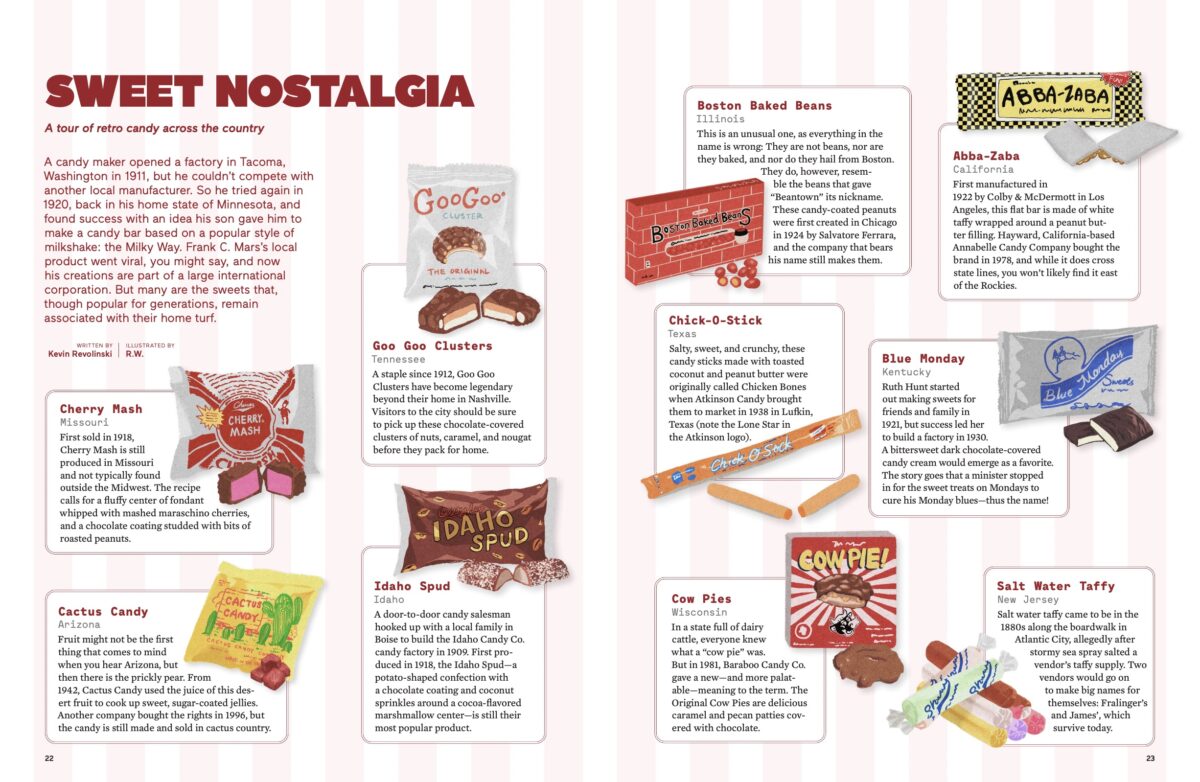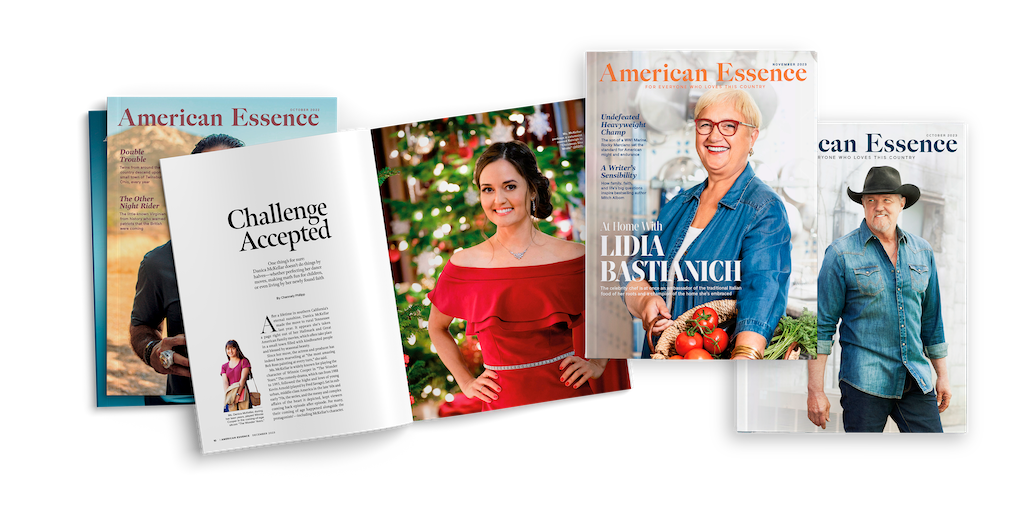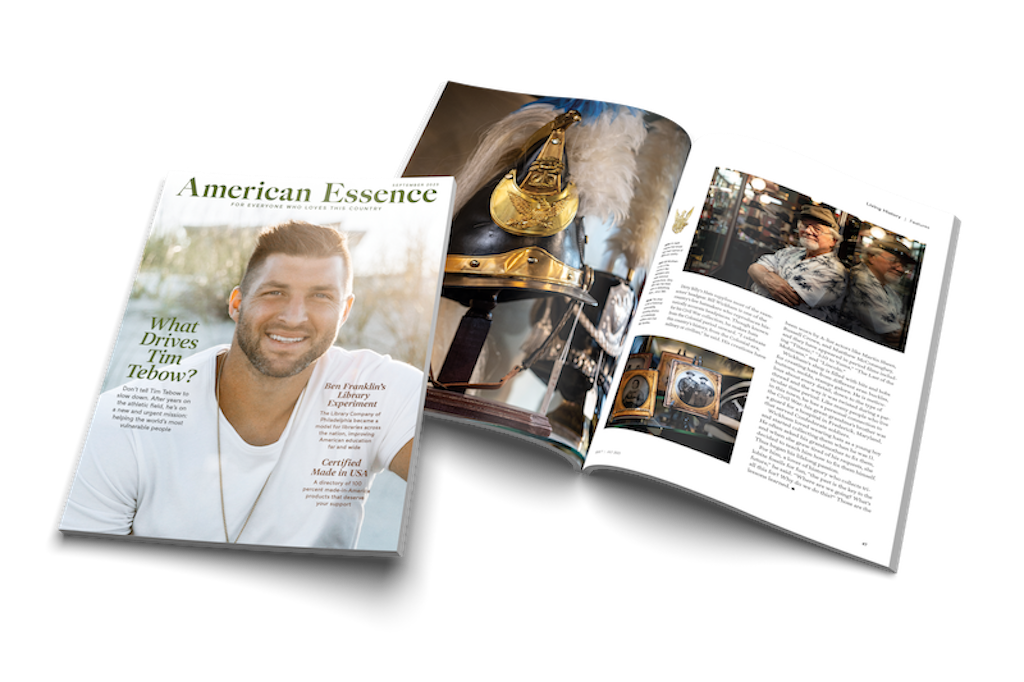A candy maker opened a factory in Tacoma, Washington, in 1911, but he couldn’t compete with another local manufacturer. So he tried again in 1920, back in his home state of Minnesota, and found success with an idea his son gave him to make a candy bar based on a popular style of milkshake: the Milky Way. Frank C. Mars’s local product went viral, you might say, and now his creations are part of a large international corporation.
But many are the sweets that, though popular for generations, remain associated with their home turf.
Cherry Mash (Missouri)
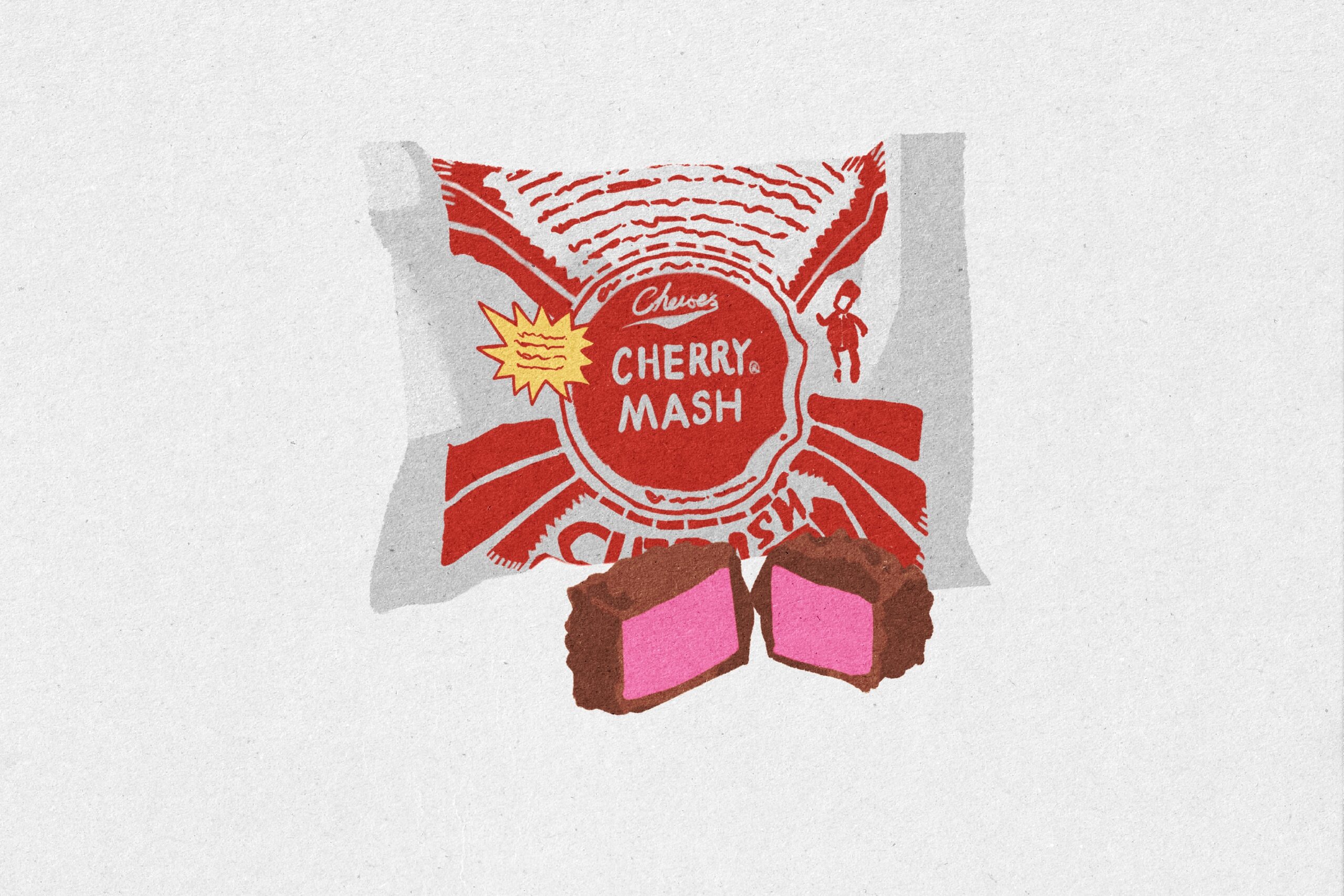
First sold in 1918, the Cherry Mash is still produced in Missouri and not typically found outside the Midwest. The recipe calls for a fluffy center of fondant whipped with mashed maraschino cherries, and a chocolate coating studded with bits of roasted peanuts.
Goo Goo Clusters (Tennessee)
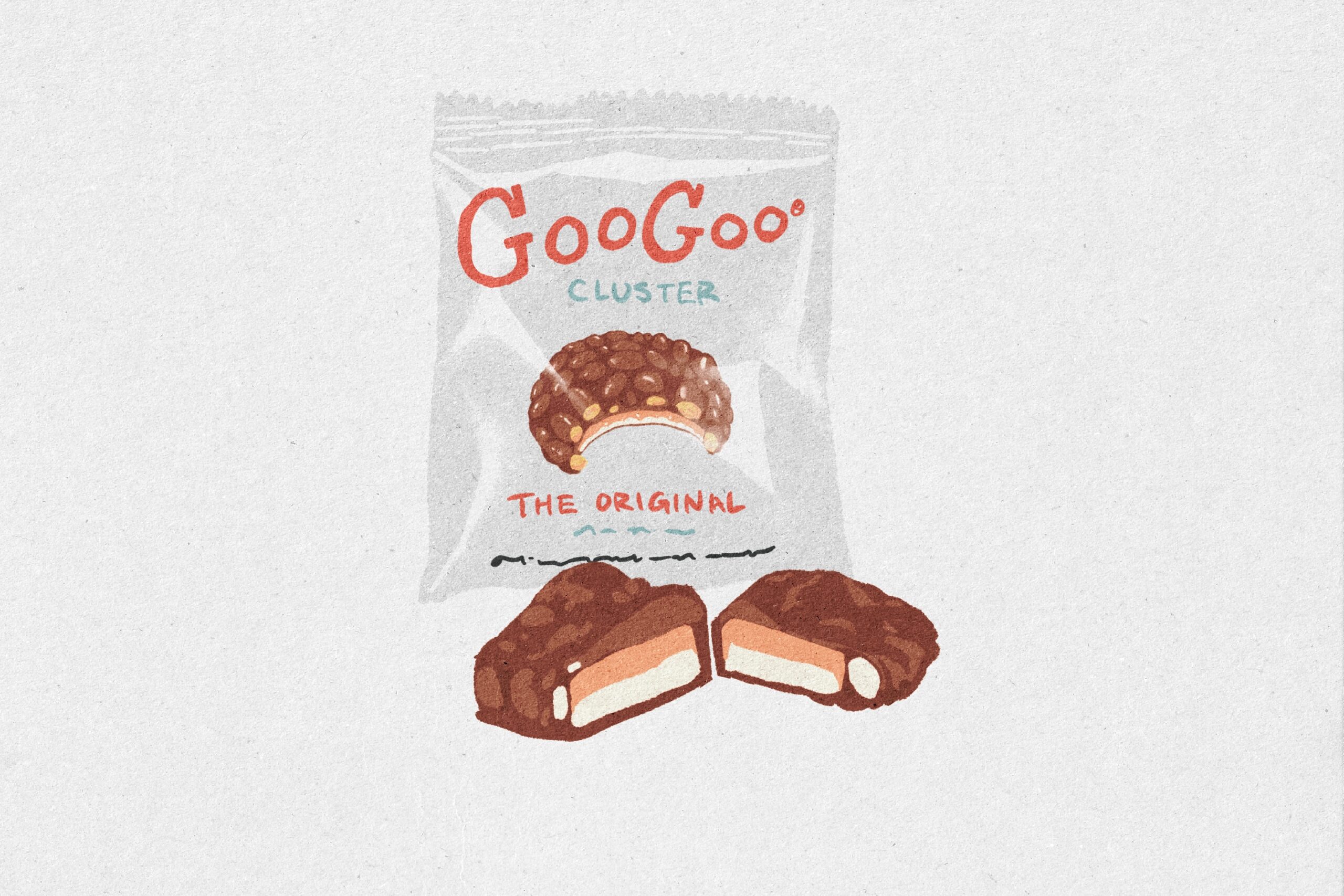
A staple since 1912, Goo Goo Clusters have become legendary beyond their home in Nashville. Visitors to the city should be sure to pick up these chocolate-covered clusters of nuts, caramel, and nougat before they pack for home.
Salt Water Taffy (New Jersey)
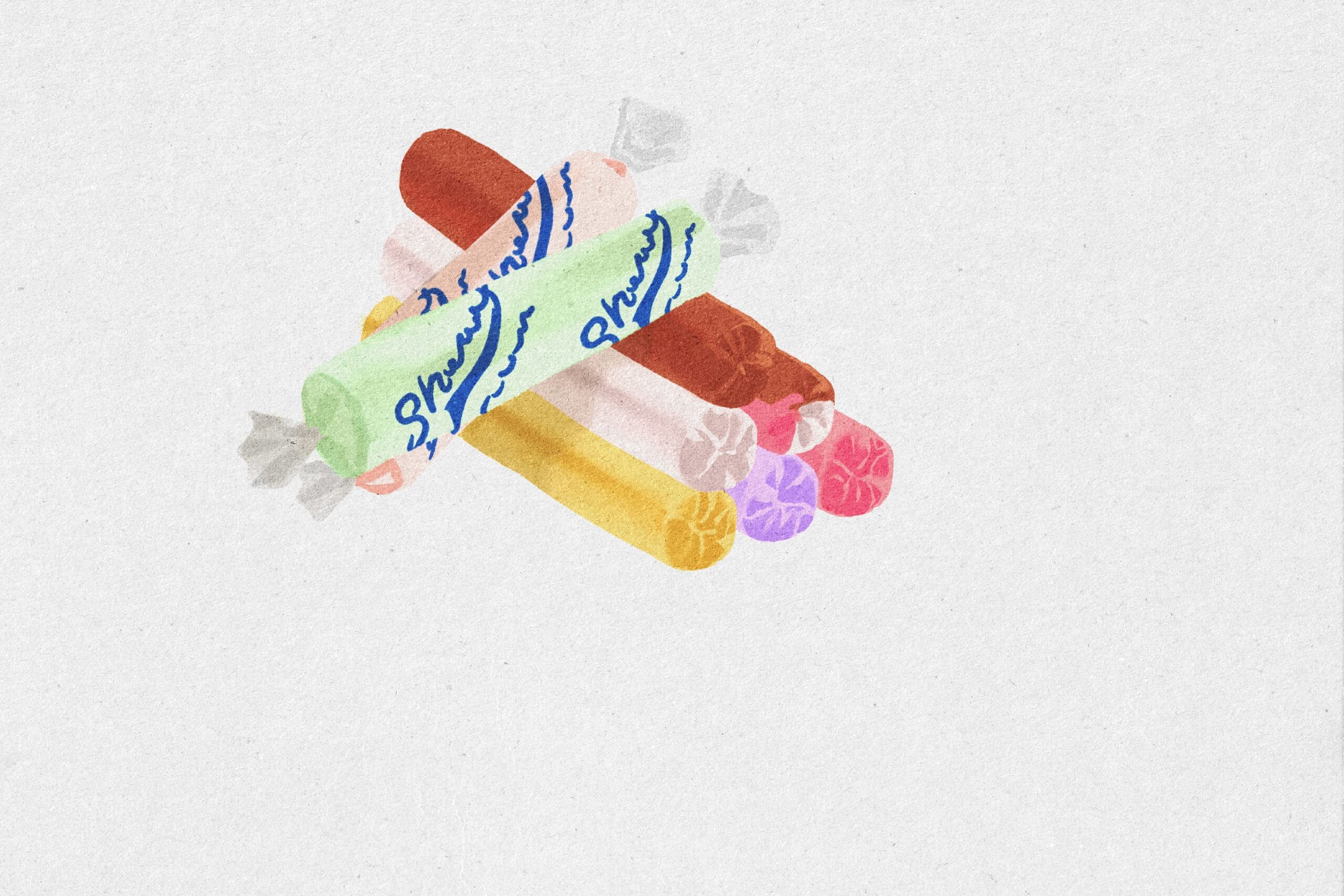
Salt water taffy came to be in the 1880s along the boardwalk in Atlantic City, allegedly after stormy sea spray salted a vendor’s taffy supply. Two vendors would go on to make big names for themselves: Fralinger’s and James’s, which both survive today.
Cow Pies (Wisconsin)
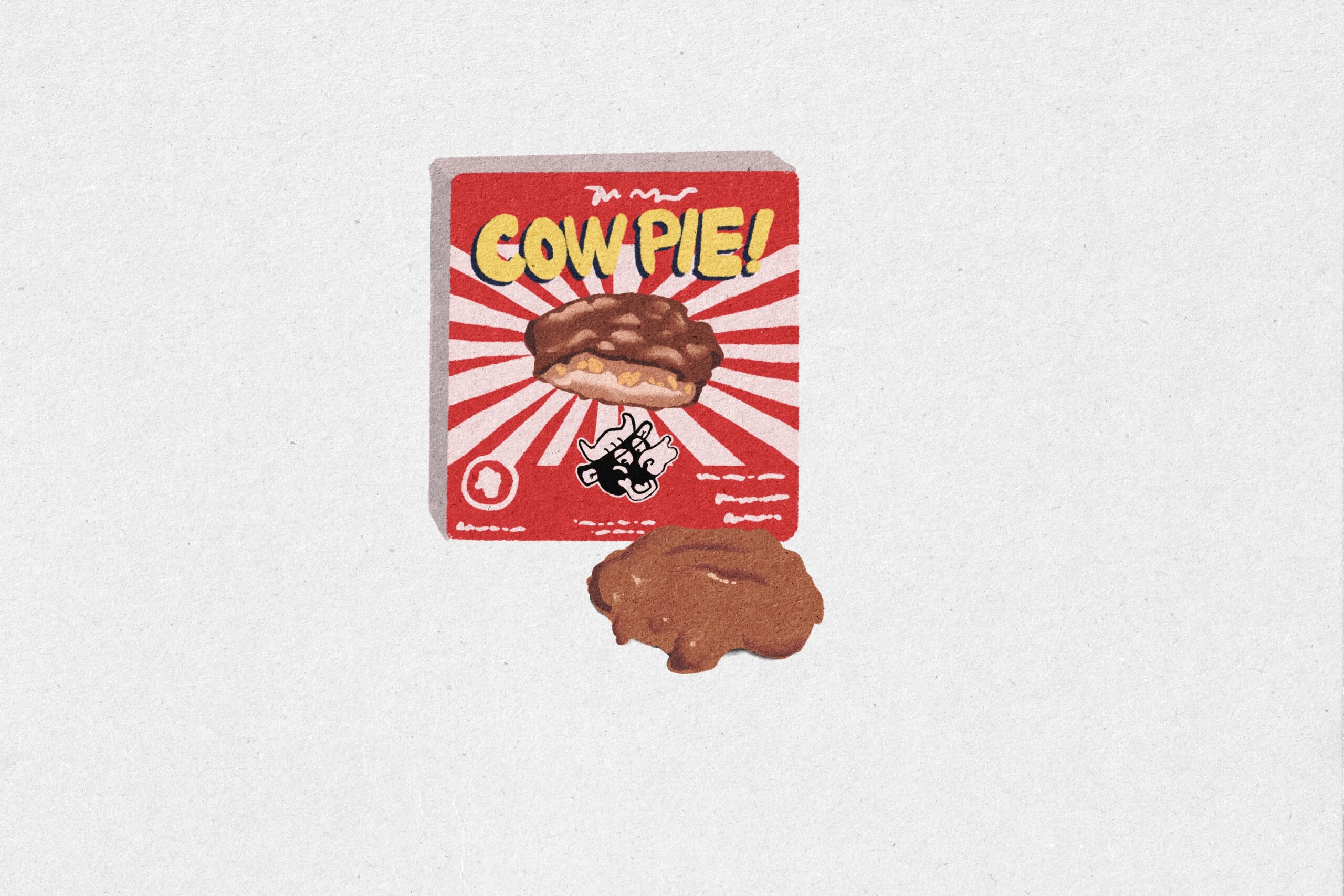
In a state full of dairy cattle, everyone knew what a “cow pie” was. But in 1981, Baraboo Candy Co. gave a new—and more palatable—meaning to the term. The Original Cow Pies are delicious caramel and pecan patties covered with chocolate.
Idaho Spud (Idaho)
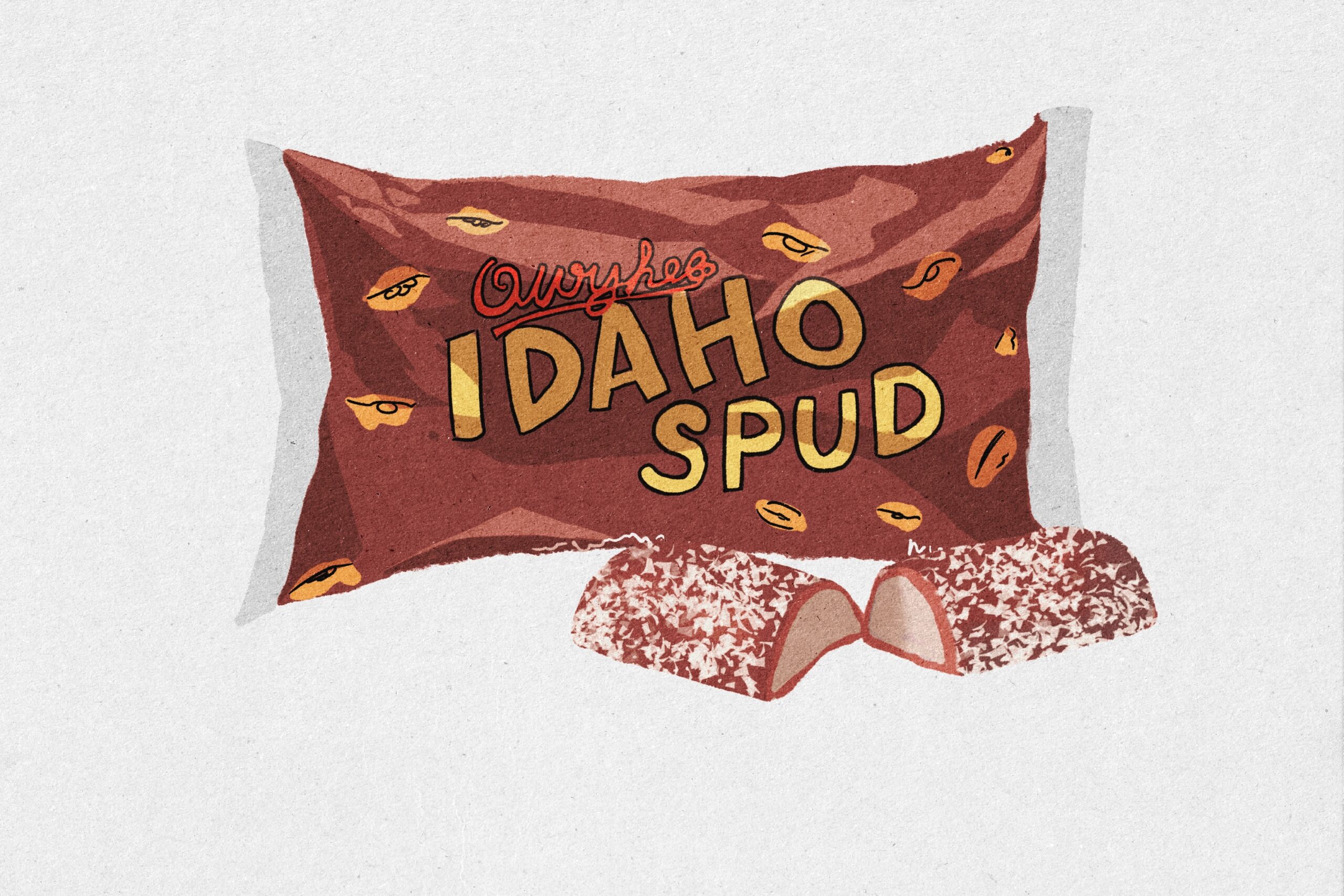
A door-to-door candy salesman hooked up with a local family in Boise to build the Idaho Candy Co. candy factory in 1909. First produced in 1918, the Idaho Spud—a potato-shaped confection with a chocolate coating and coconut sprinkles around a cocoa-flavored marshmallow center—is still their most popular product.
Abba-Zaba (California)
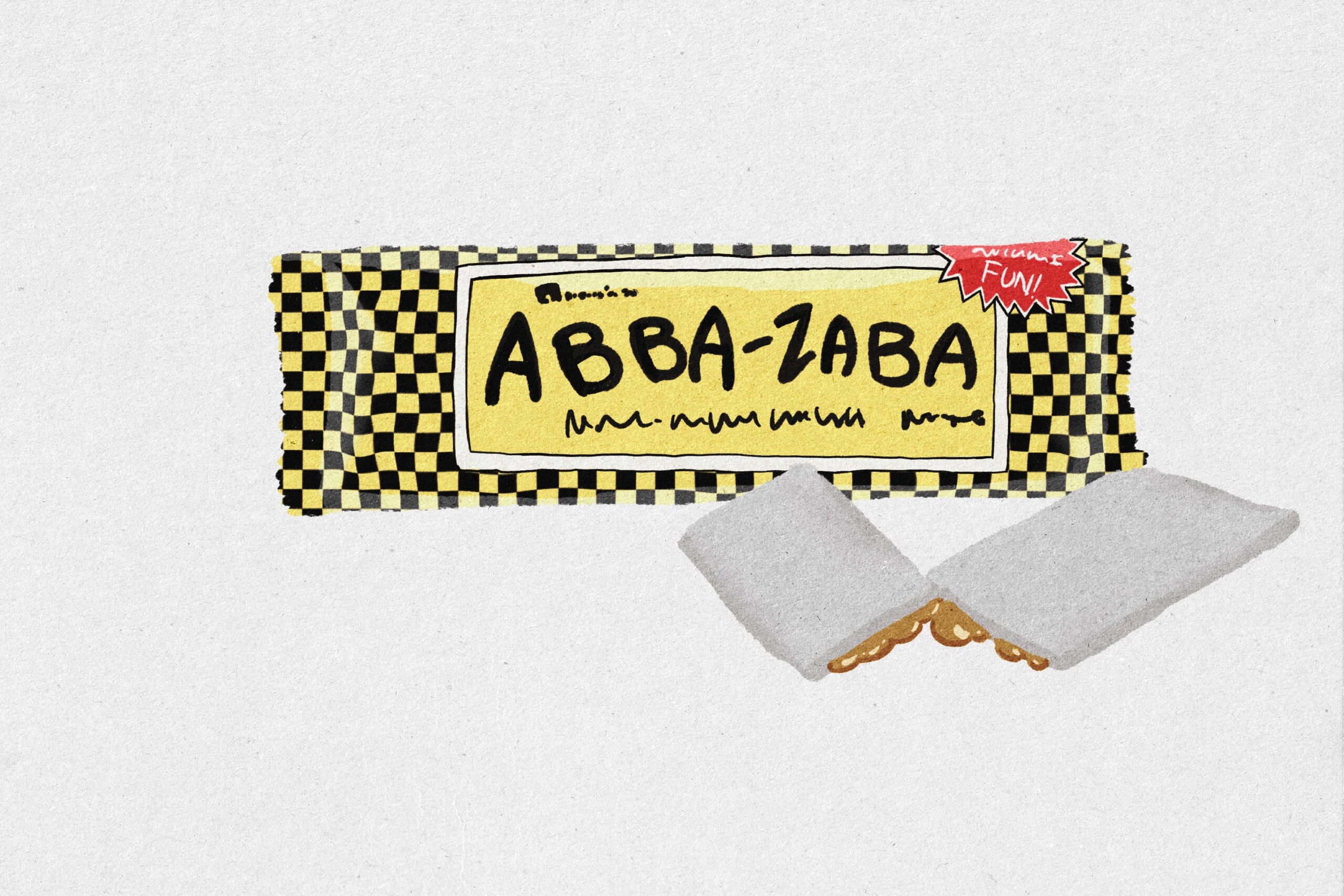
First manufactured in 1922 by Colby & McDermott in Los Angeles, this flat bar is made of white taffy wrapped around a peanut butter filling. The Annabelle Candy Company, based in Hayward, California, bought the brand in 1978, and while it does cross state lines, you won’t likely find it east of the Rockies.
Boston Baked Beans (Illinois)
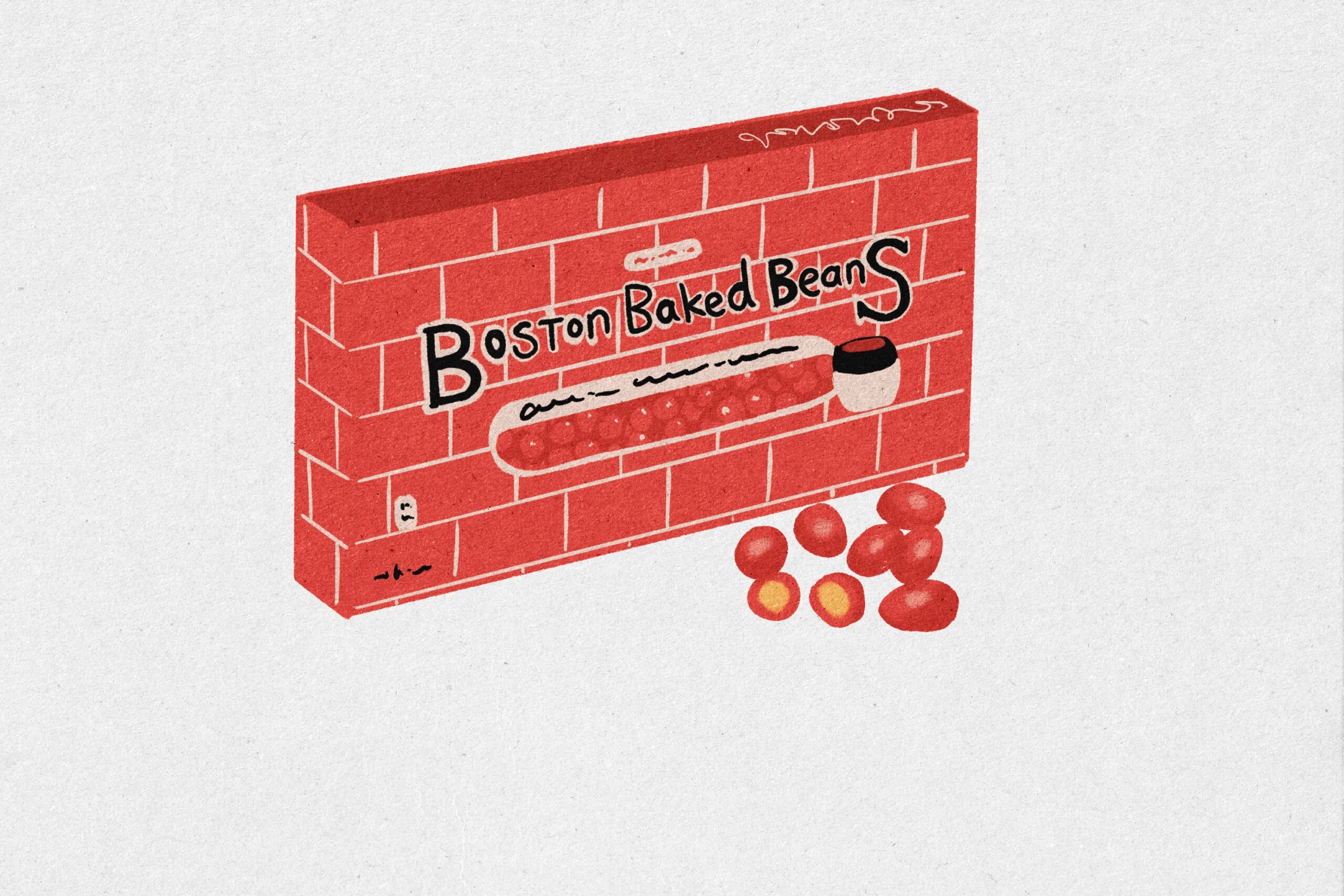
This is an unusual one, as everything in the name is wrong: They are not beans, nor are they baked, and nor do they hail from Boston. They do, however, resemble the beans that gave “Beantown” its nickname. These candy-coated peanuts were first created in Chicago in 1924 by Salvatore Ferrara, and the company that bears his name still makes them.
Blue Monday (Kentucky)
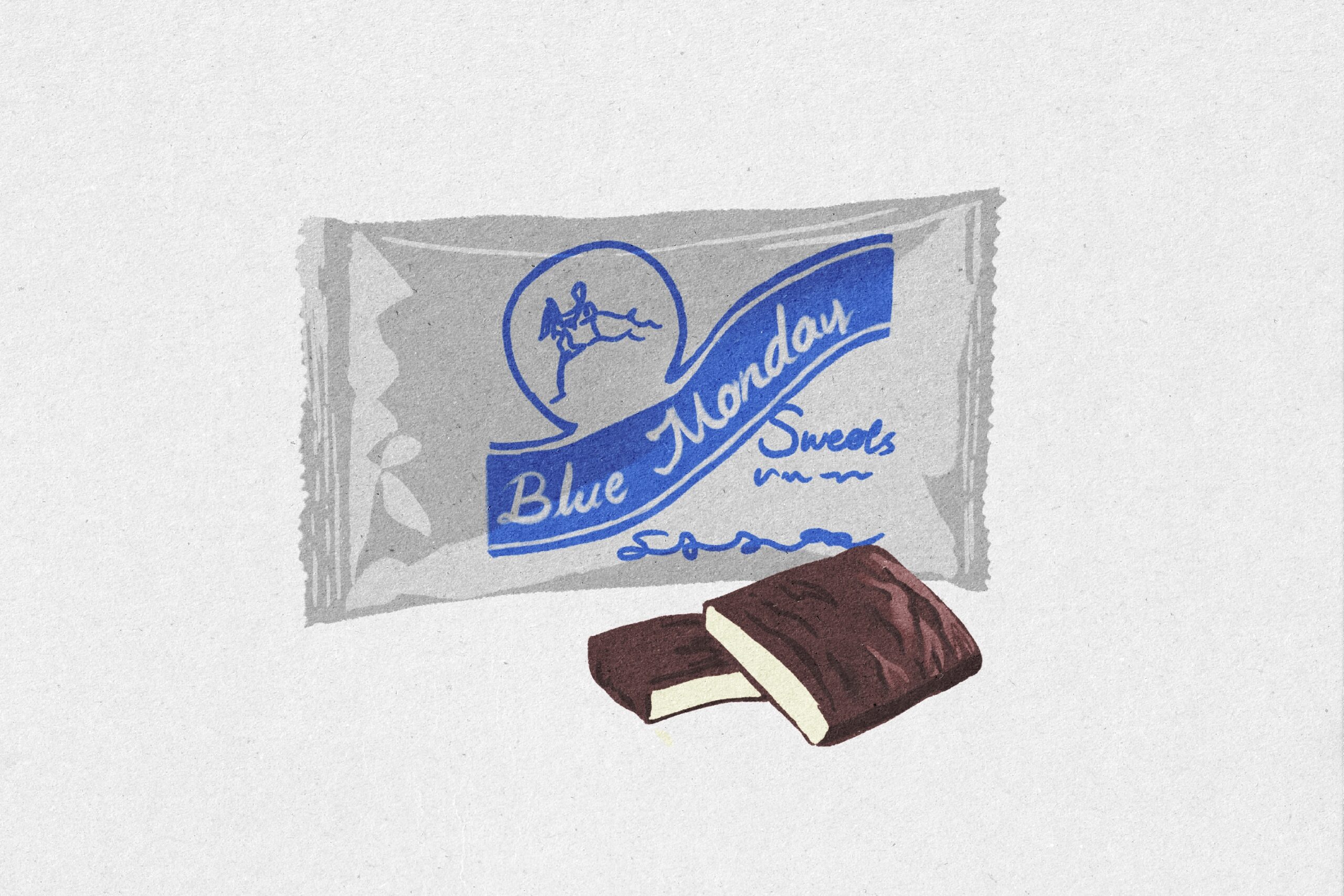
Ruth Hunt started out making sweets for friends and family in 1921, but success led her to build a factory in 1930. A bittersweet dark chocolate-covered candy cream would emerge as a favorite. The story goes that a minister stopped in for the sweet treats on Mondays to cure his Monday blues—thus the name!
Chick-O-Stick (Texas)
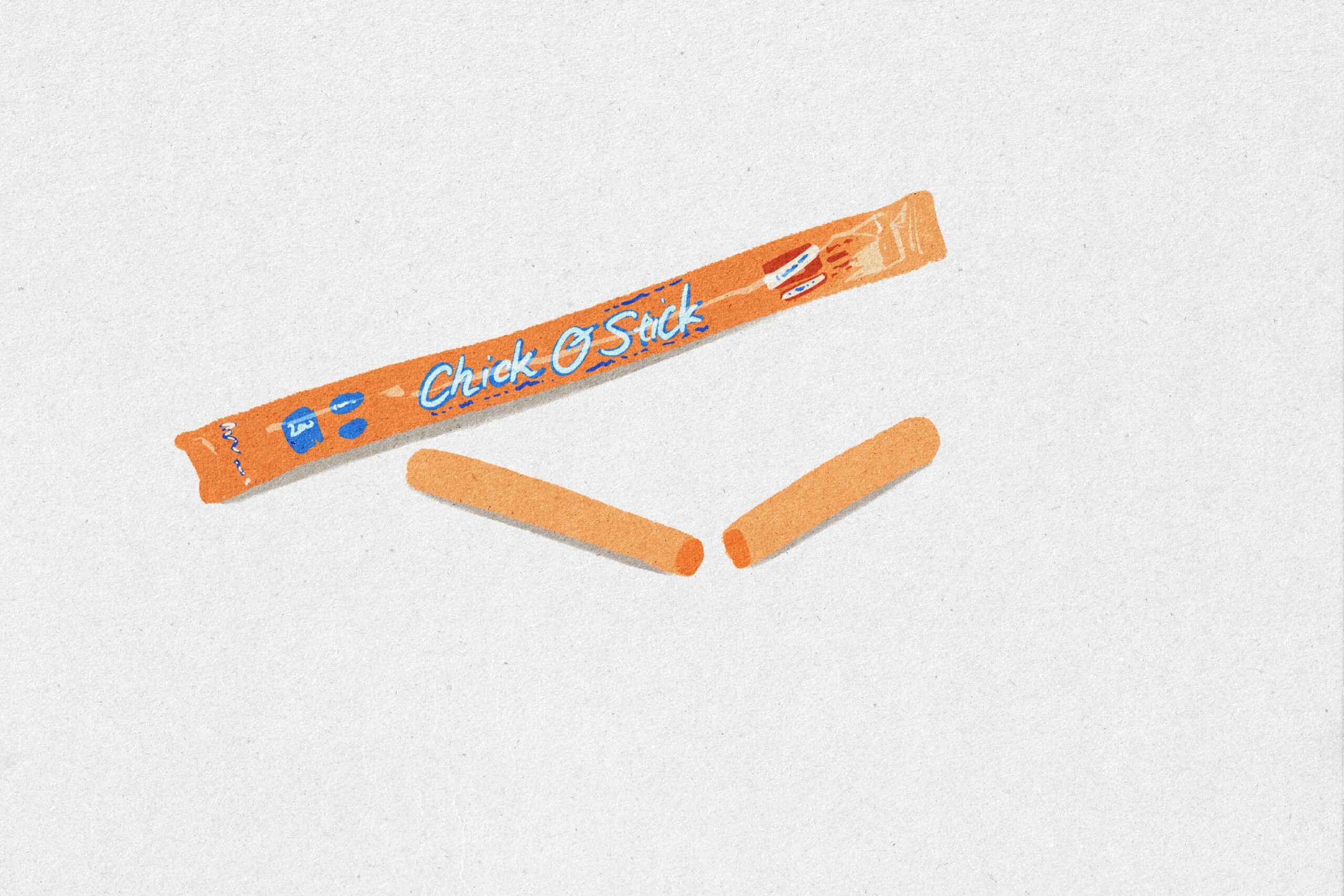
Salty, sweet, and crunchy, these candy sticks made with toasted coconut and peanut butter were originally called Chicken Bones when Atkinson Candy brought them to market in 1938 in Lufkin, Texas (note the Lone Star in the Atkinson logo).
Cactus Candy (Arizona)
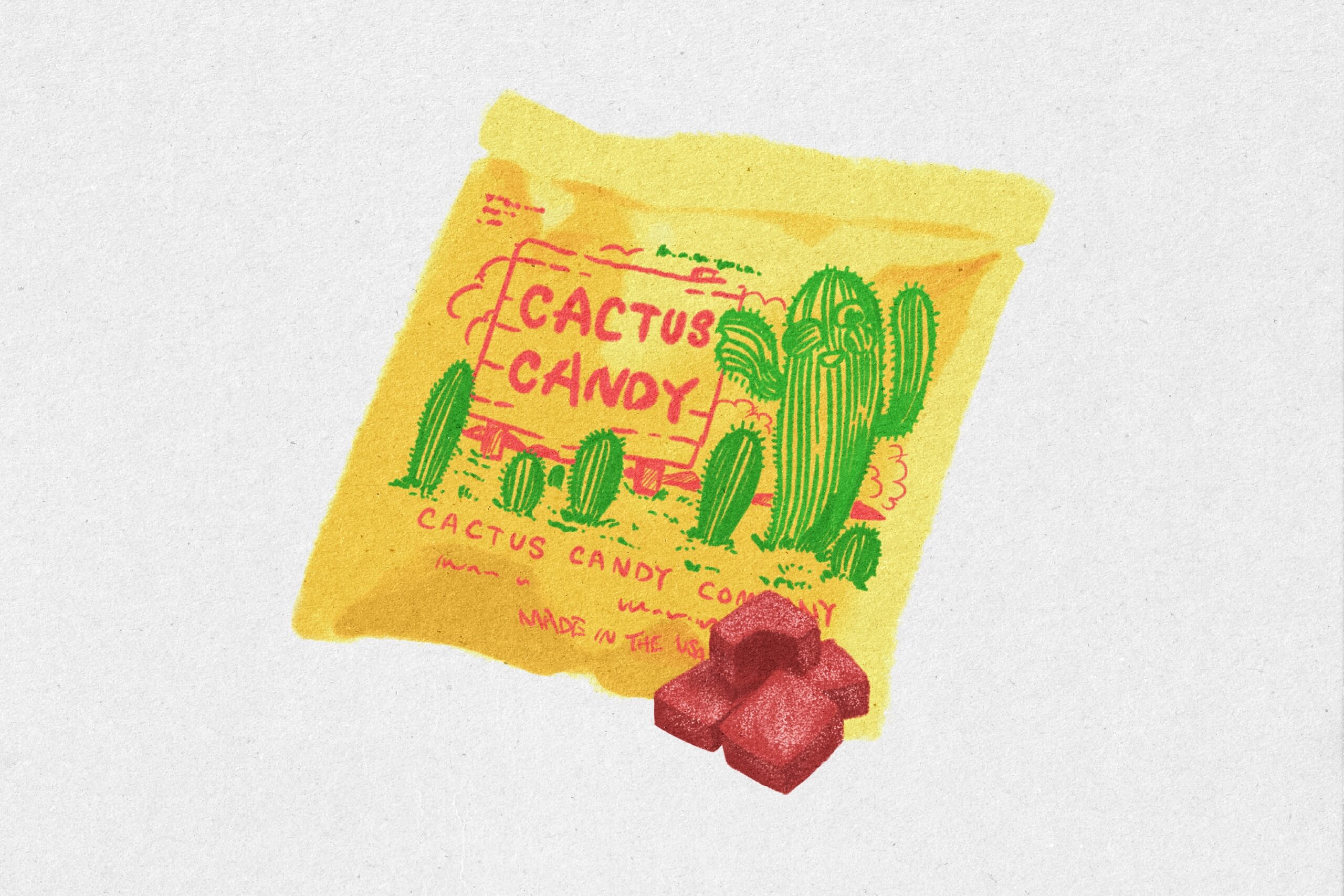
Fruit might not be the first thing that comes to mind when you hear Arizona, but then there is the prickly pear. From 1942, Cactus Candy used the juice of this desert fruit to cook up sweet, sugar-coated jellies. Another company bought the rights in 1996, but the candy is still made and sold in cactus country.
From Oct. Issue, Volume II

